As has been our custom for the past six years, on a quarterly basis an email is sent out with a date and location and at the agreed upon time any number of grads, teachers, and mentors from the Maine Master Naturalist Lewiston 2013 class gather. Today was one of those days.

The plan was to explore a vernal pool or two at the Cornwall Nature Preserve on historic Paris Hill, but . . . it didn’t take us (Pam, Beth, Alan, Dorcas, and yours truly hiding behind the lens) long to get distracted when we saw green poking through the many shades of brown on the forest floor.

Together, we scrambled through our brains searching for the name. With the season finally feeling like it’s transitioning, we realized we have to dust off the floral flashcards in our minds and start reviewing them. And then it came to us. One year ago, on May 5, we had seen the same at Smithfield Plantation as we celebrated Cinco de Mayo, Naturally. Then, however, we had keyed it out minus the flower. Today, the memory of last year’s ID slowly sifted to the forefront and by its leaves and colonial habit, we felt safe to call it Clintonia borealis or Bluebead Lily.

A few more steps and we started dipping containers into a potential vernal pool that was really too shallow and offered no apparent key characteristics. But . . . there was an owl pellet filled to the brim with hair and bones, the one sticking out by central vein of the leaf a hip bone. (Yeah, so I may sound like a smarty pants, but Dorcas pulled it out and quickly identified the bone by its structure.) Some little mammal, or two, or three, had provided a bird with a meal.
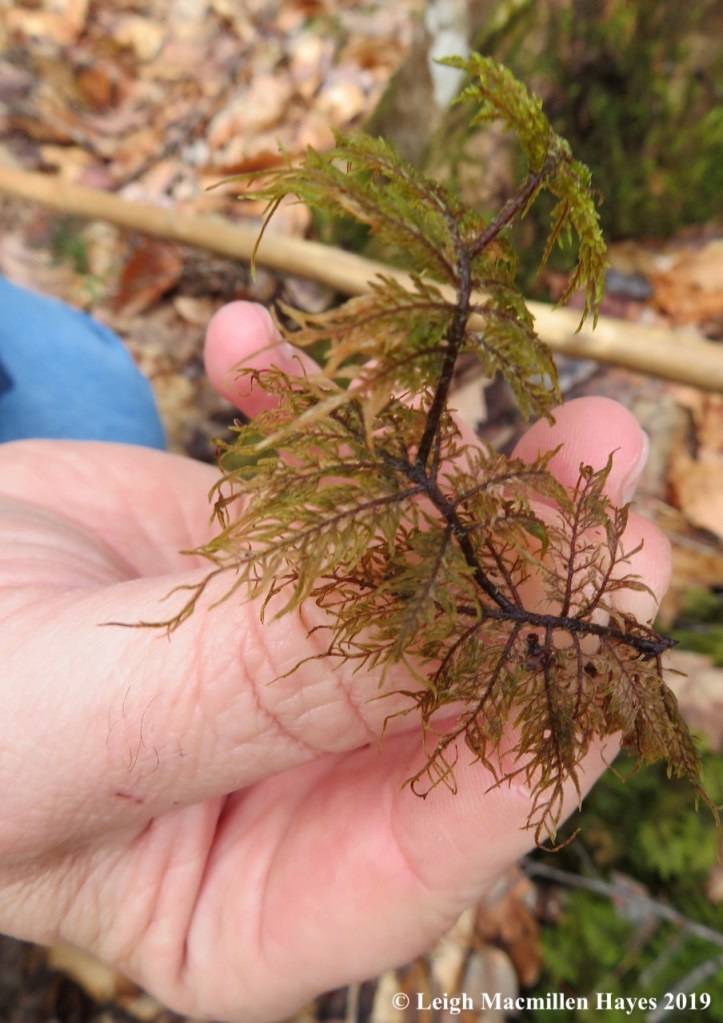
Stair-step Moss (Hylocomium splendens) was the next great find. I would have dismissed it as Big Red Stem or Pleurozium schreberi, and in so doing missed its finer points. Do you see how each year’s new growth rises from the previous, rather like ascending stair steps?

And then there was another new learning, for I’m always referring to this species of fungi as jelly ear or wood ear. But, with Alan the fungi fun guy in our midst, we learned that it’s really Brown Witch’s Butter or Exidia recisa. (Drats–it’s so much more fun to say Auricularia auricula.)

As we admired the Exidia recisa, we realized others were doing the same for we’d interrupted a slug fest. If you bump into Alan Seamans sometime, do ask him about the numbing qualities of slugs. 😉

A few more steps and we began to notice trilliums, especially the reds with their leaves of three so big and blossoms hiding. All of a sudden we know the flowers are going to burst open and we can’t wait to witness such glory.
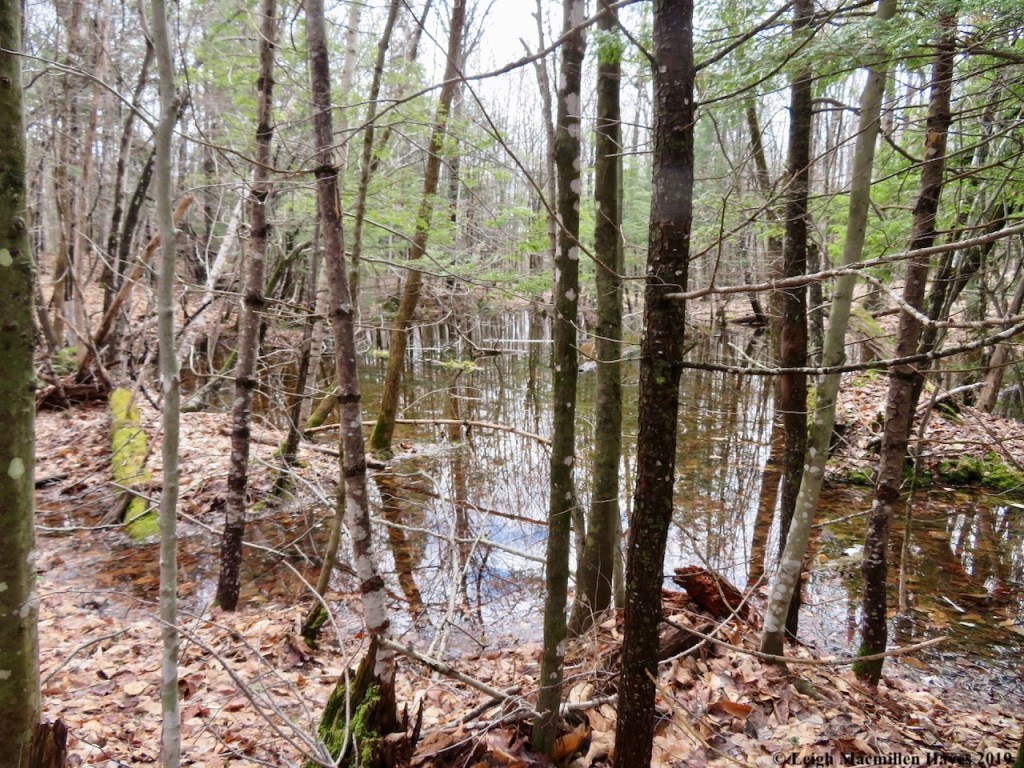
At last we reached the pool of choice, located maybe a half mile from the parking area. Two years ago, MMNP students from the South Paris class discovered Fairy Shrimp in this pool.
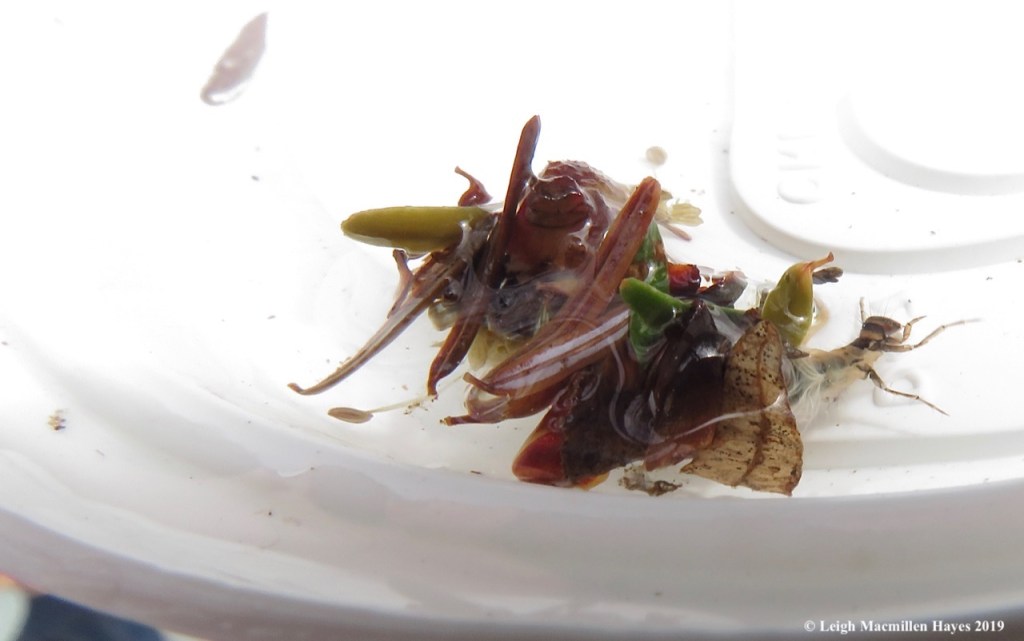
Our best finds today were log cabin caddisflies! At this point in time, the caddisflies are in their larval stage and as such, they construct their temporary shelters from available materials. Think of them as the original recyclers.
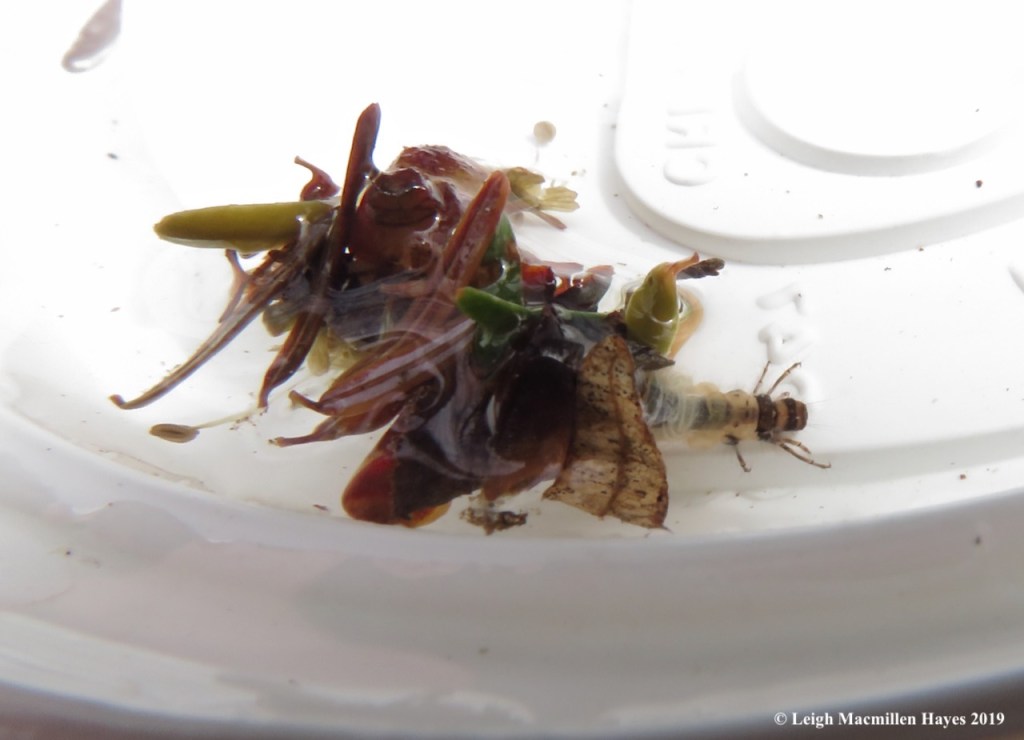
Should a predator be about, like a hermit crab, the caddisfly can retreat into the house of needles or leaves or stones or whatever its preferred building material might be. Apparently, it didn’t mind us and we were honored to watch as the elongated body extended forth while it searched for food. In its larval form, these aquatic insects have a hardened head and first thoracic segment, while the abdomen remains pale and soft. Can you see the three pairs of legs?
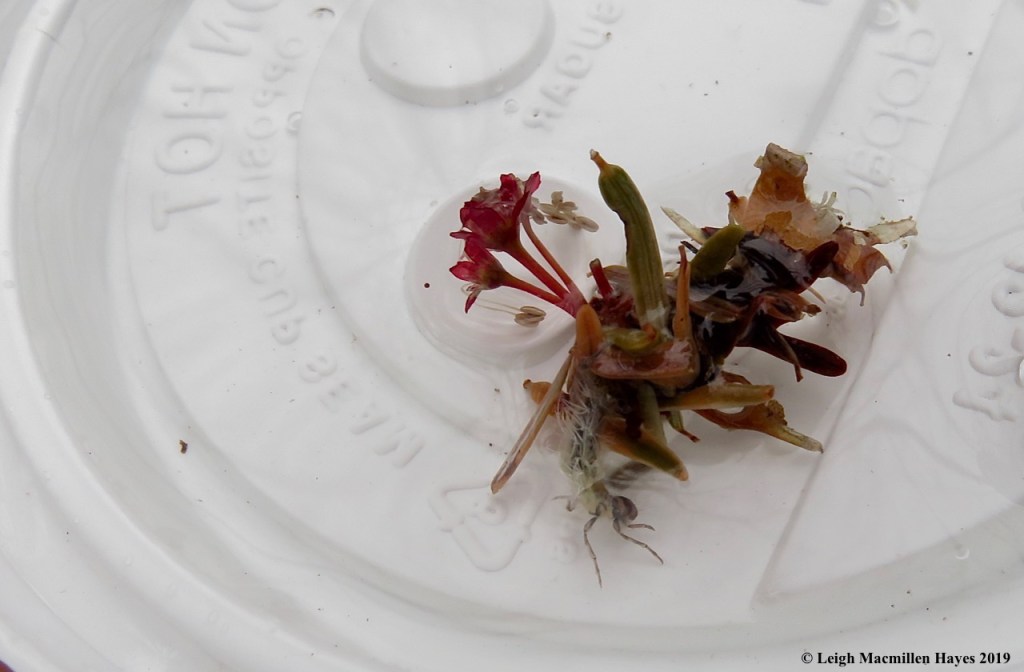
The cool thing about caddisflies is that though they may use similar construction materials, no two are alike. Beth called them works of art.
I referred to this one as a she for the case included a Red Maple bouquet.

If you look closely, you might also note some filmy gills on the abdomen. And the grayish thing the Mrs. approached and a second later ignored. It seemed rather leech-like in its behavior, but I think it may have been a Planaria, which is a tiny unsegmented flat worm.

As we dipped for insects, we also noted plenty of Spotted Salamander spermatophores sticking up from leaves and twigs. But we could find none of their milky egg masses and wondered why.
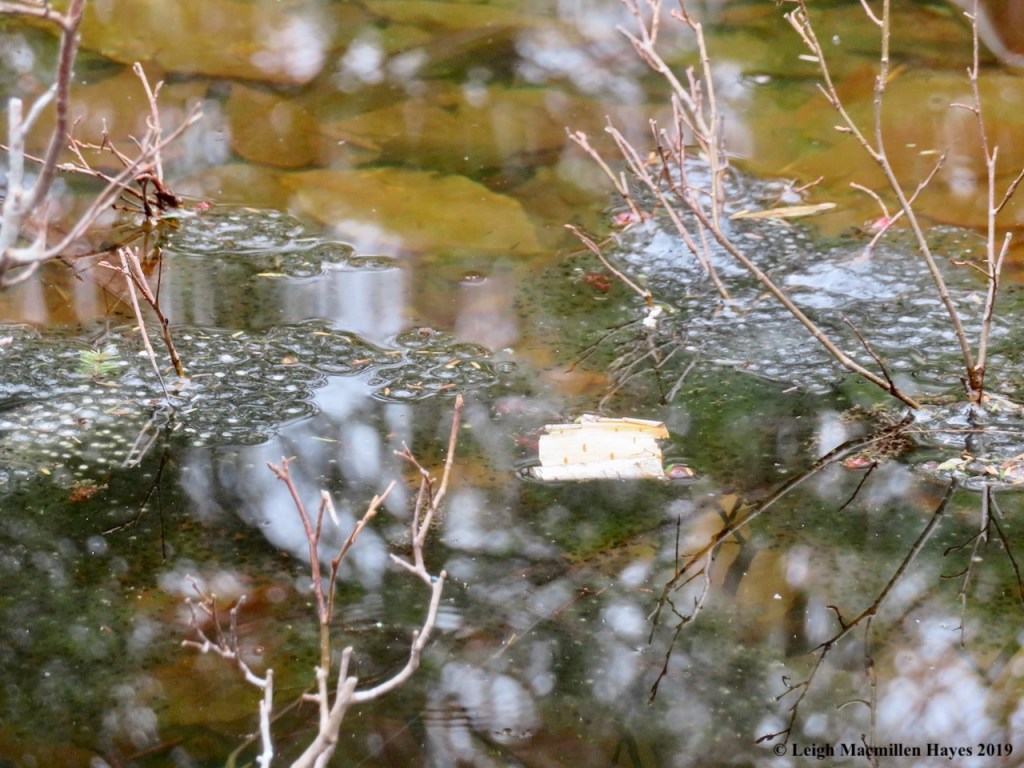
We did, however, spy plenty of Wood Frog masses, some with their tapioca structures bubbling upon the surface, but most attached to the stems below.

And then a chiseled tree section across the pool called to us and so we made our way over to check the wood chips below. Of course, we searched for Pileated Woodpecker scat, but found none. Instead, we spotted a dead frog in the water. And just beyond it, a dead salamander.

It wasn’t pretty, but did make us question what had happened. Were the two amphibian deaths related? We don’t know, but we did note puncture marks on the Spotted Salamander’s underside, and even a nip of the end of its tail. Plus it had one slightly deformed front foot. And we learned that salamanders have poison glands in their skin, mostly on their backs and tails. Did the frog go after the salamander and both died from the experience? Or had another predator entered the pool? And then realized it had made the wrong decision?

We never did figure it out, but had fun asking questions. And as we stood there, our eyes keyed in on a bit of color at the end of a downed branch. Again, more questions and the use of our loupes as we tried to take a closer look. We debated: slime mold or insect eggs?
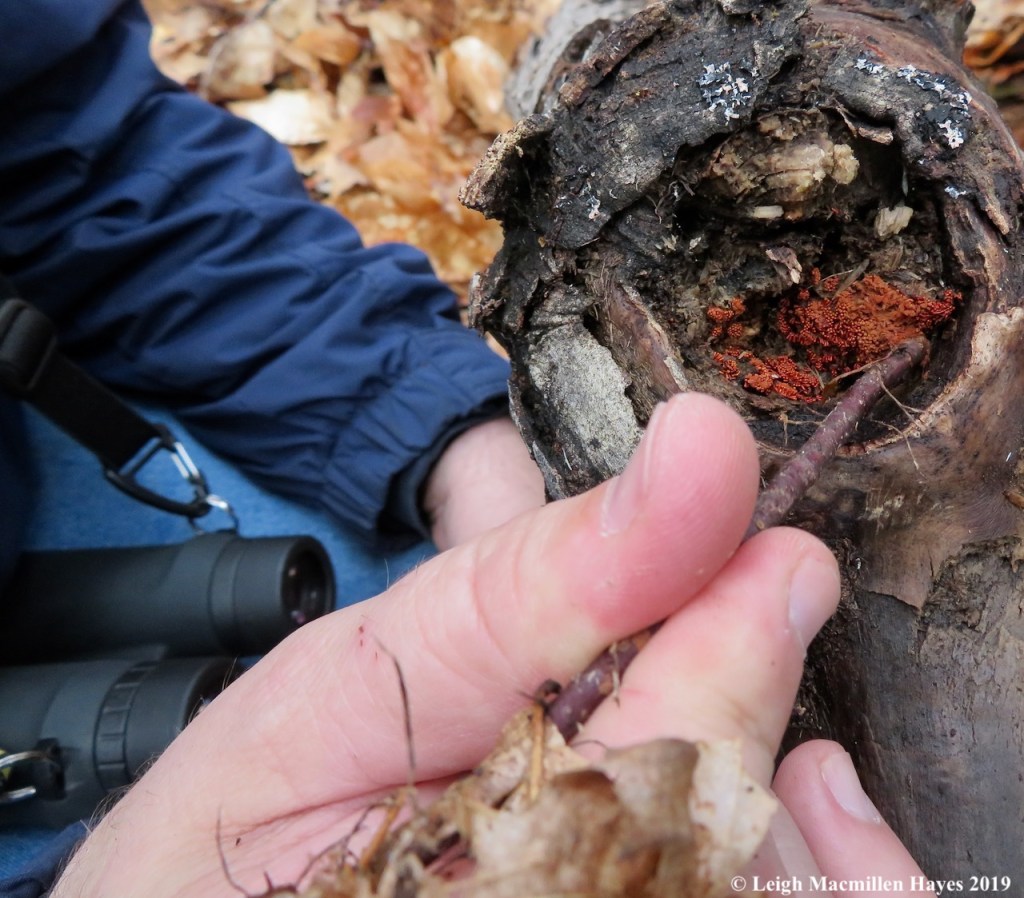
After looking closely and continuing to ask question, a quick poke with a twig provided the actual answer as we watched the spores puff out in a tiny cloud. Slime mold it was. Should we have poked it first? No, for that would have been too easy and we wouldn’t have taken the time to consider the possibilities.

On our way out, there was still one more discovery to make. I could have dismissed this one as a moss.
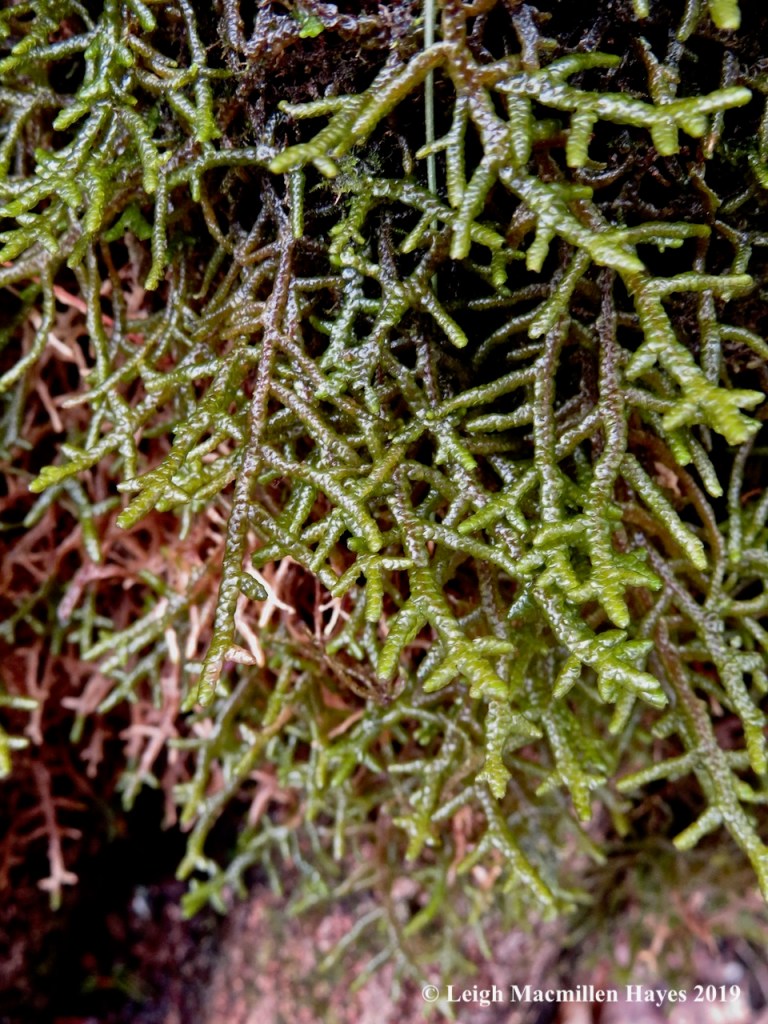
But, again Alan knew and he explained to us that it was a liverwort known as Porella platyphylloidea. And upon closer examination we could all see its three-dimensional structure as it curled out from the tree trunk.
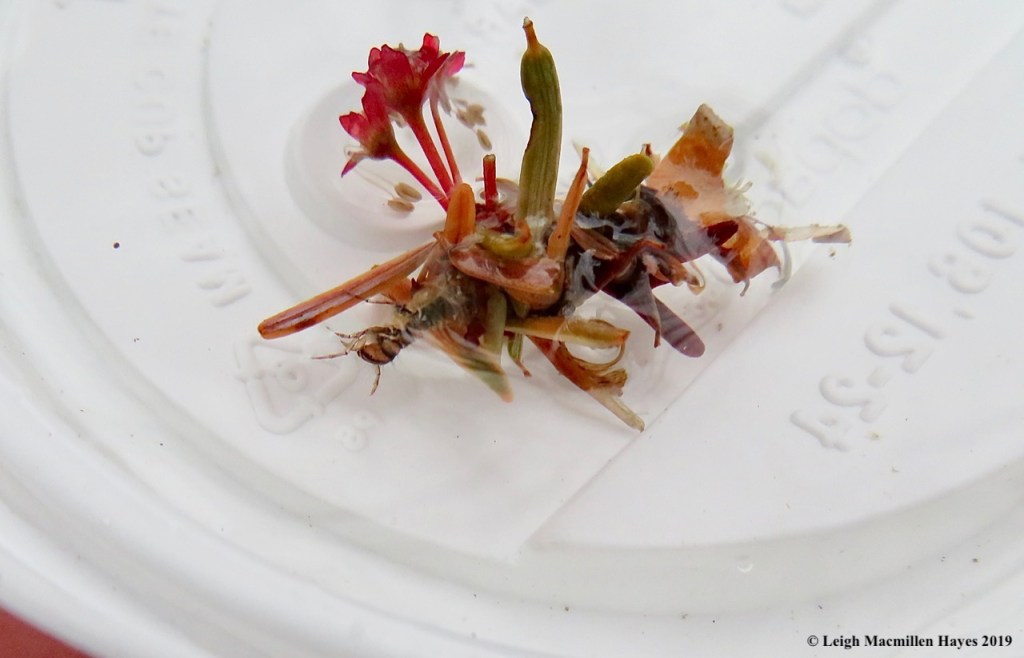
Almost three hours later, our brains were full as we’d also examined trees, lichens, and other fungi, but our hearts were happy for the time spent in each others company sharing a collective brain.
I’m always grateful for an opportunity to peek with these peeps, even at something as common as a caddisfly because really . . . there’s nothing common about it.


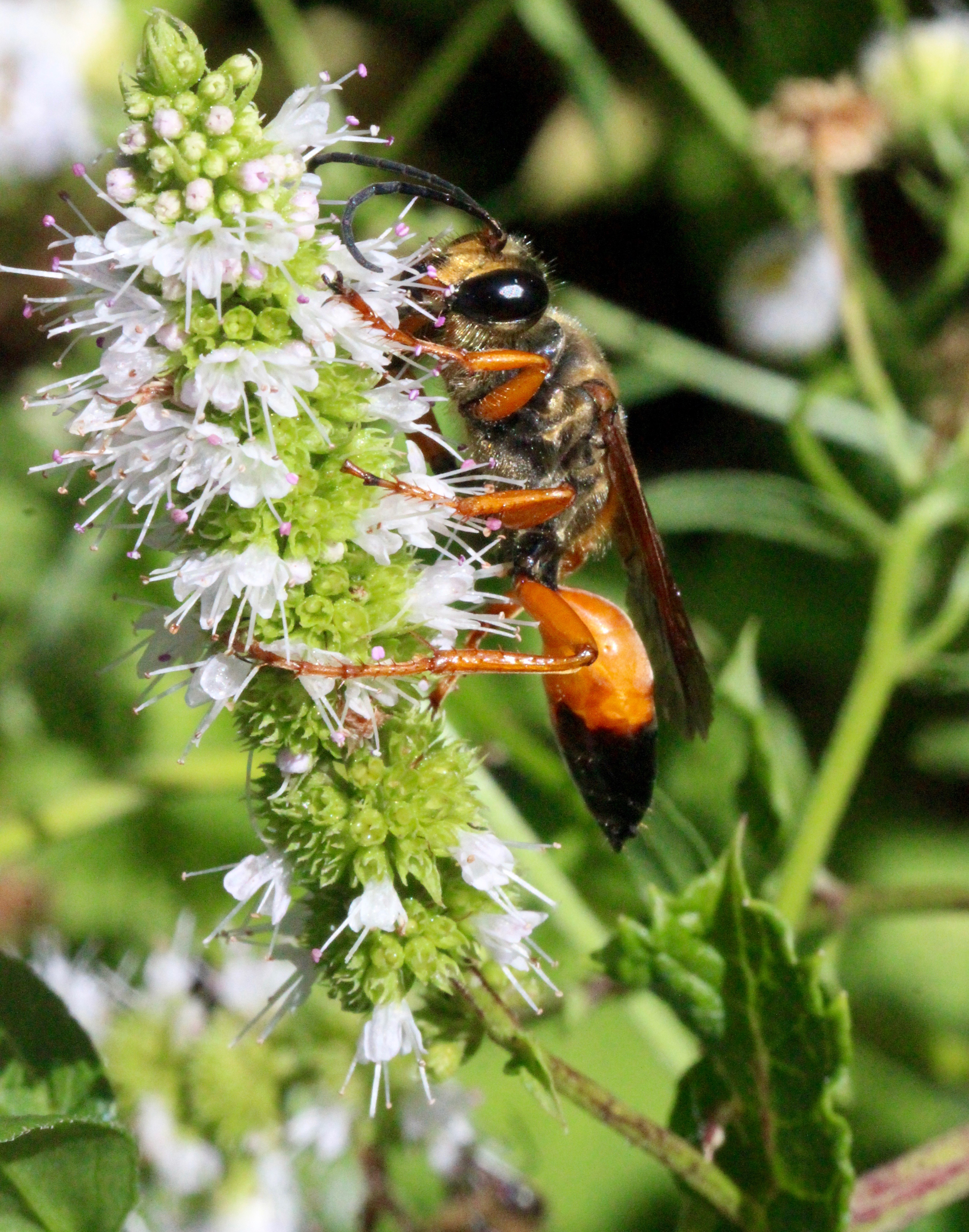

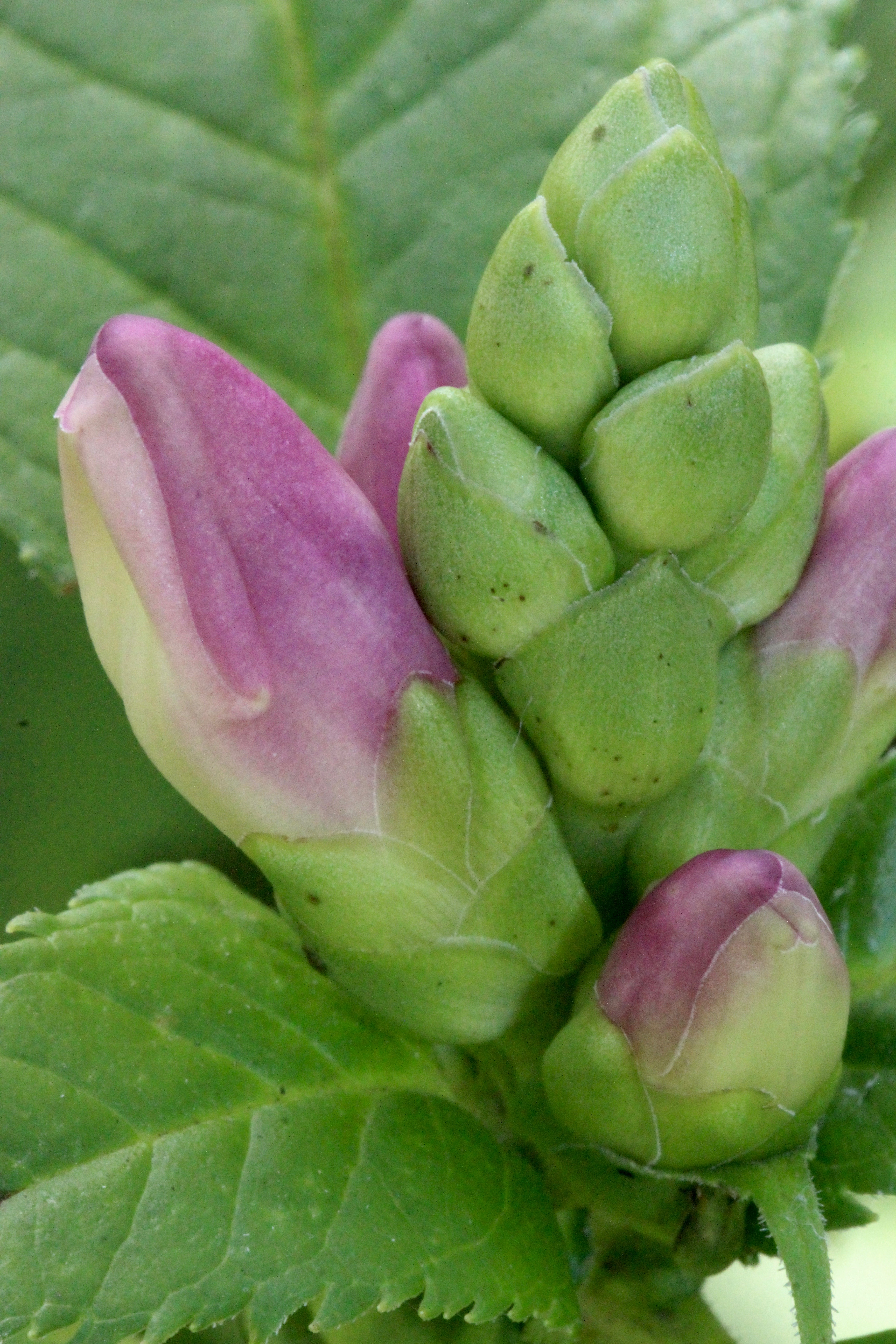

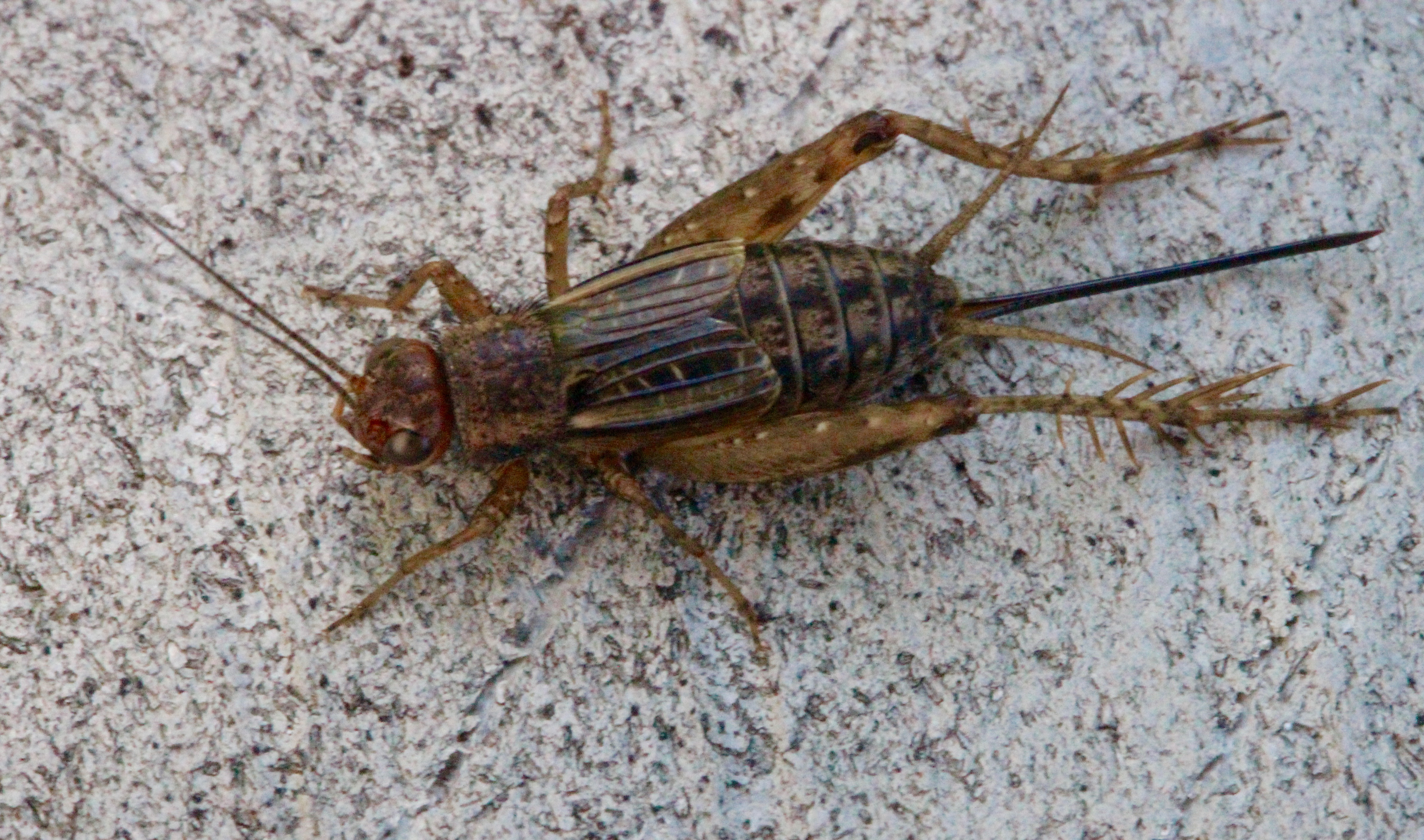
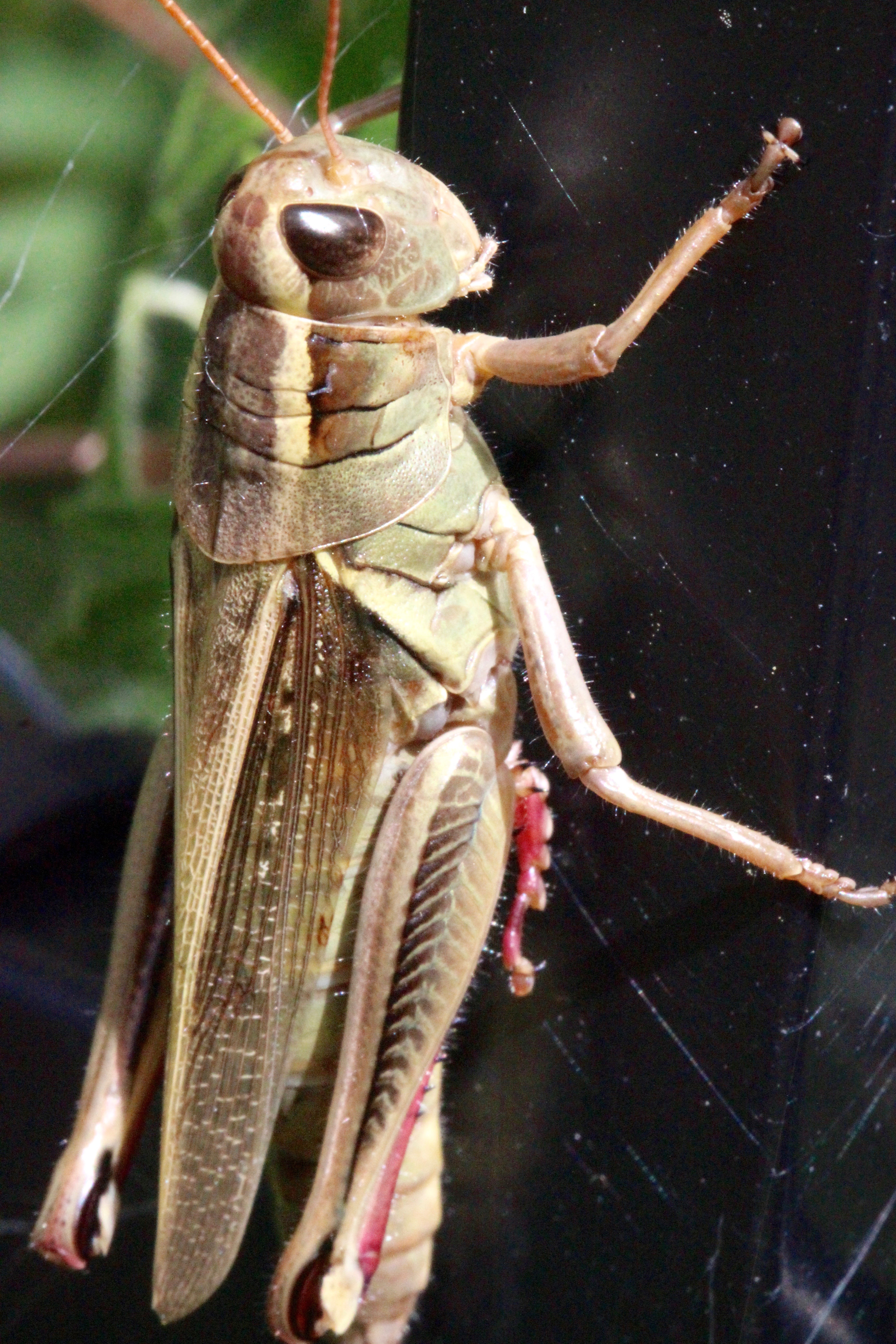
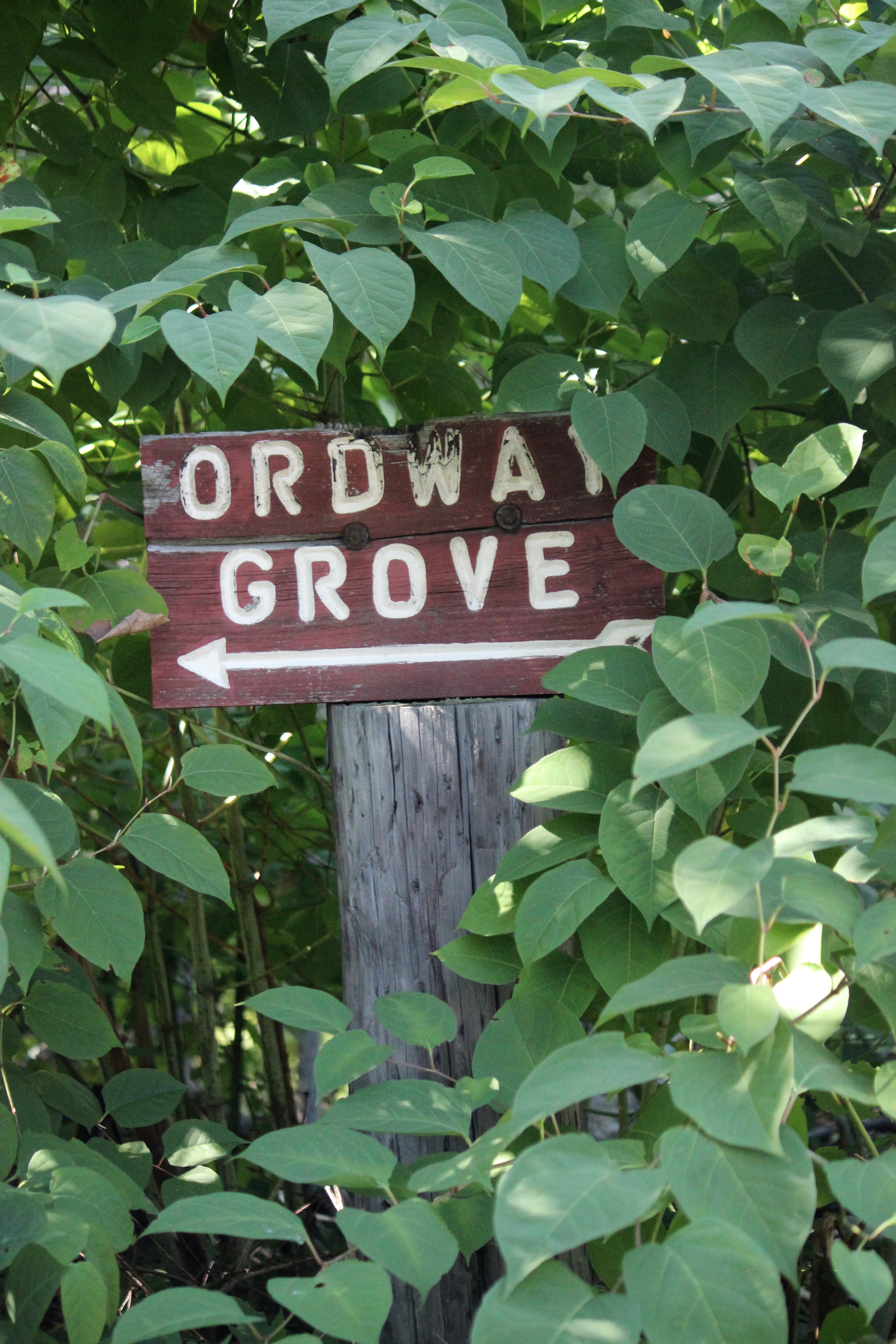

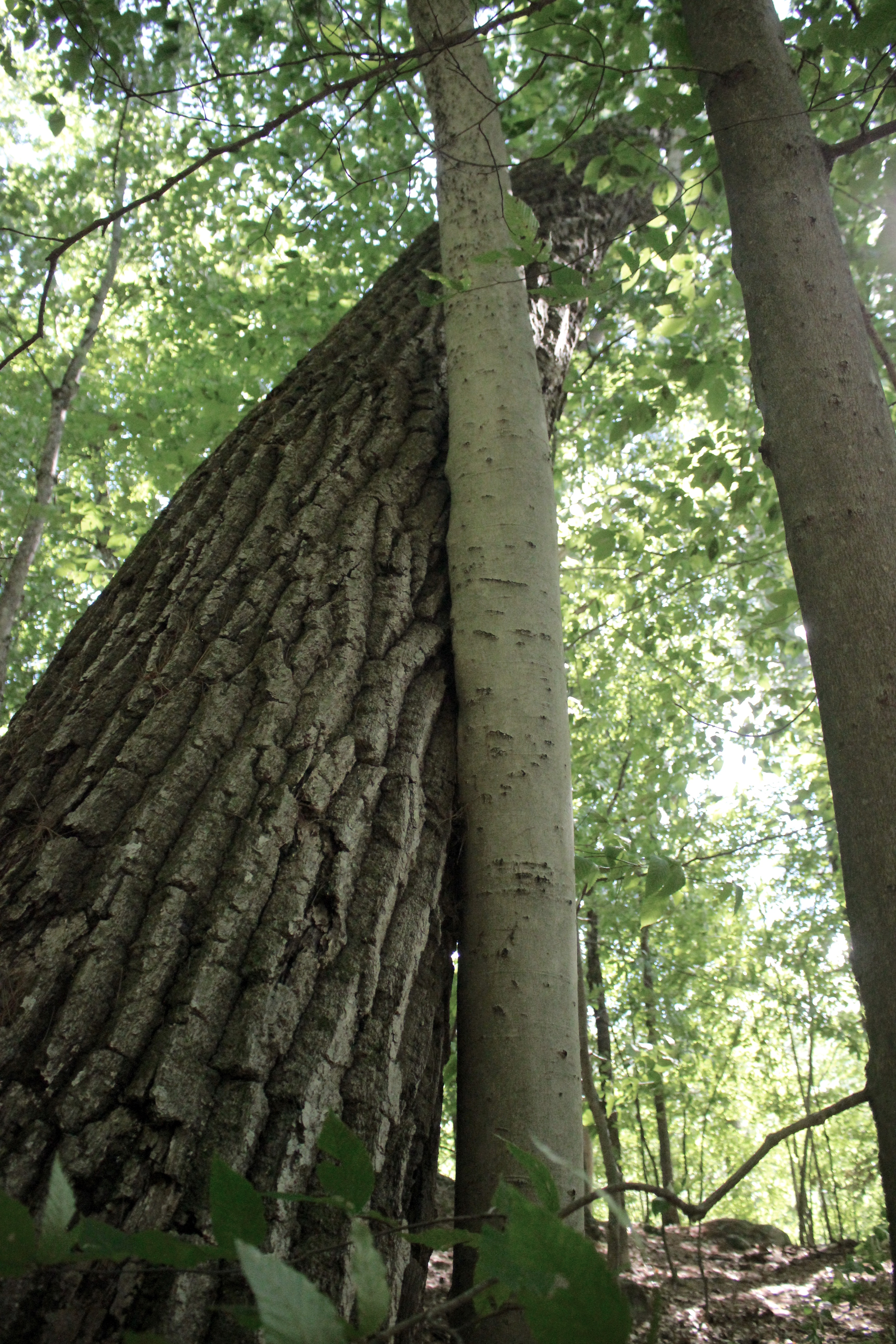

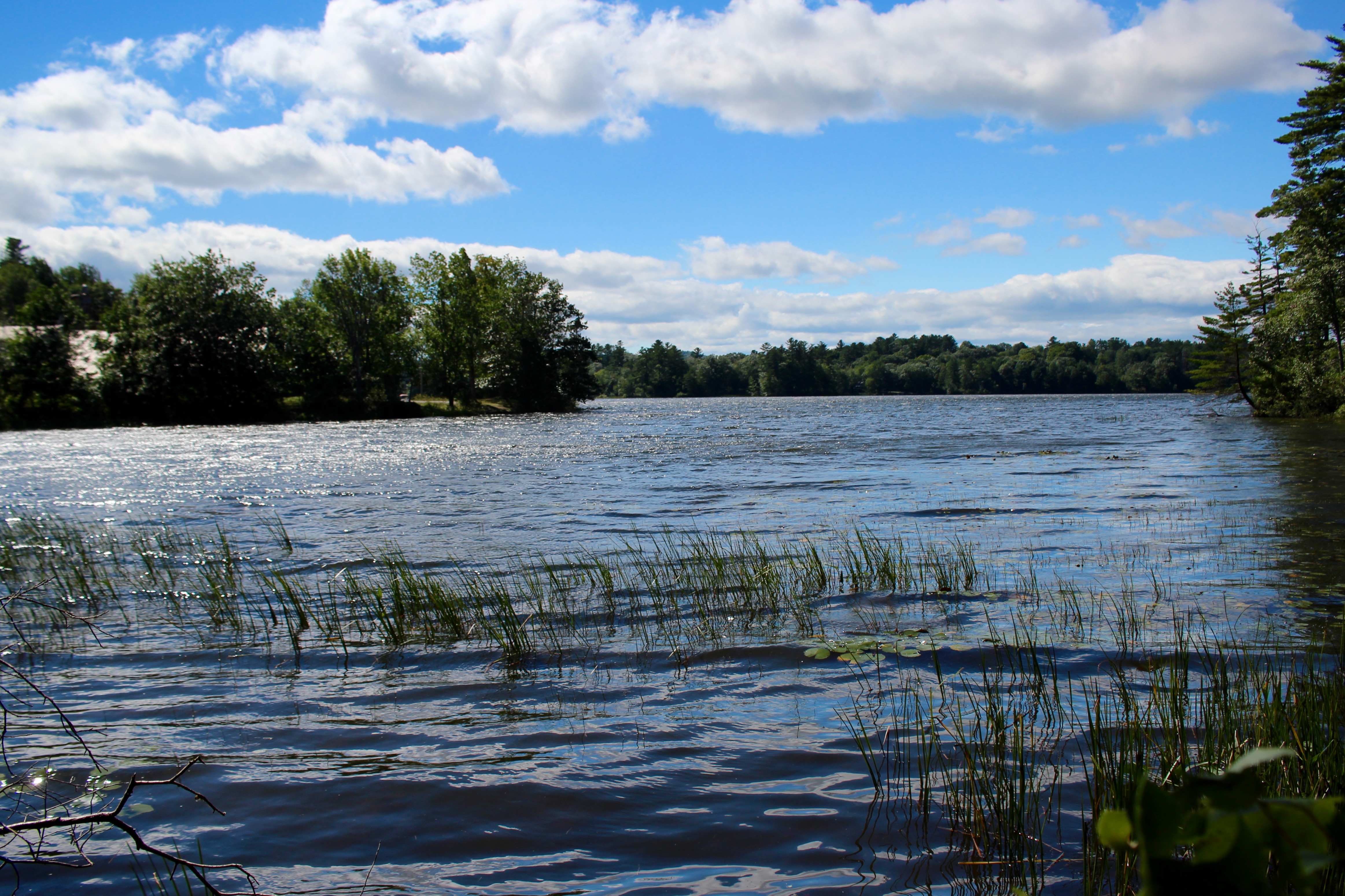
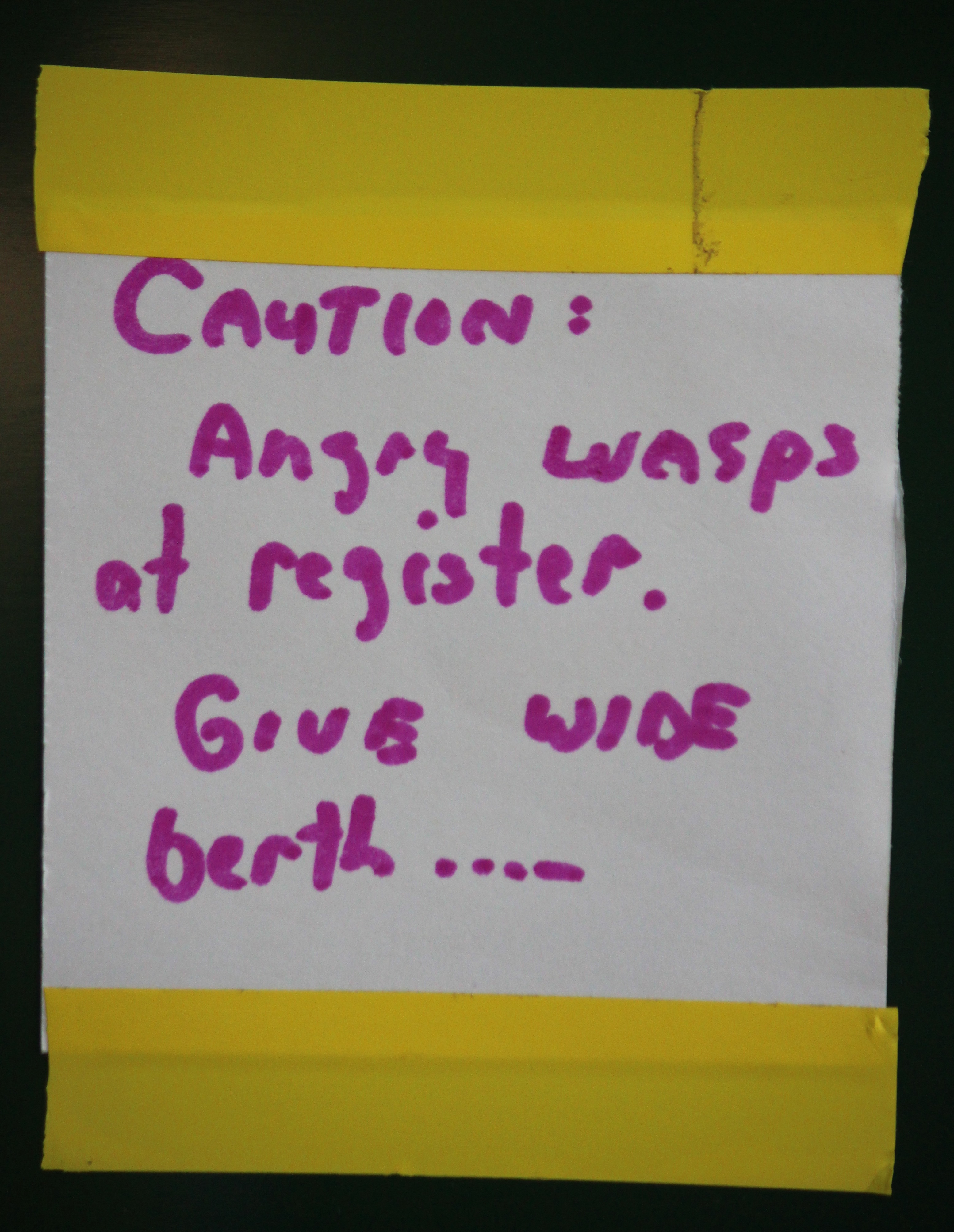











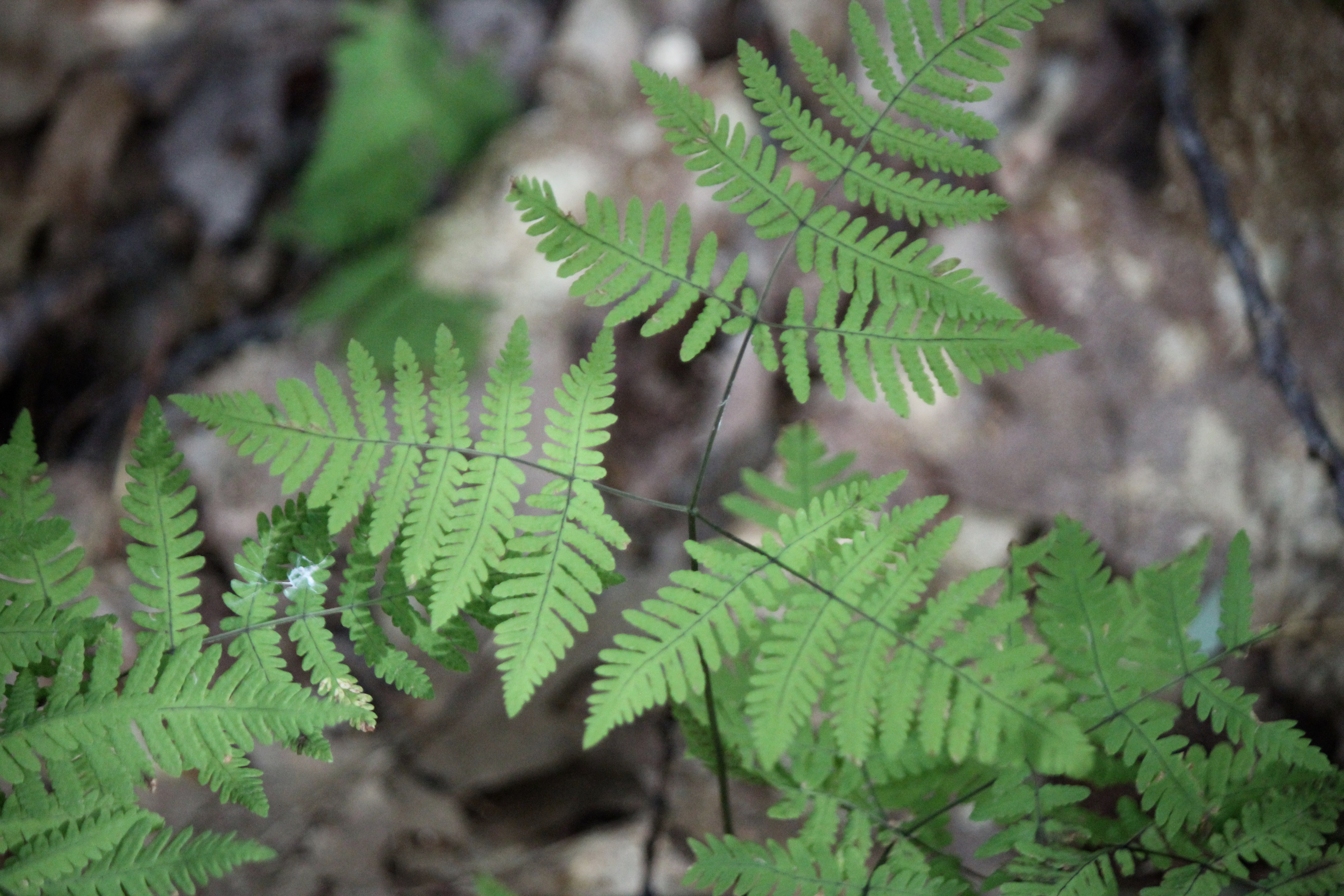

You must be logged in to post a comment.